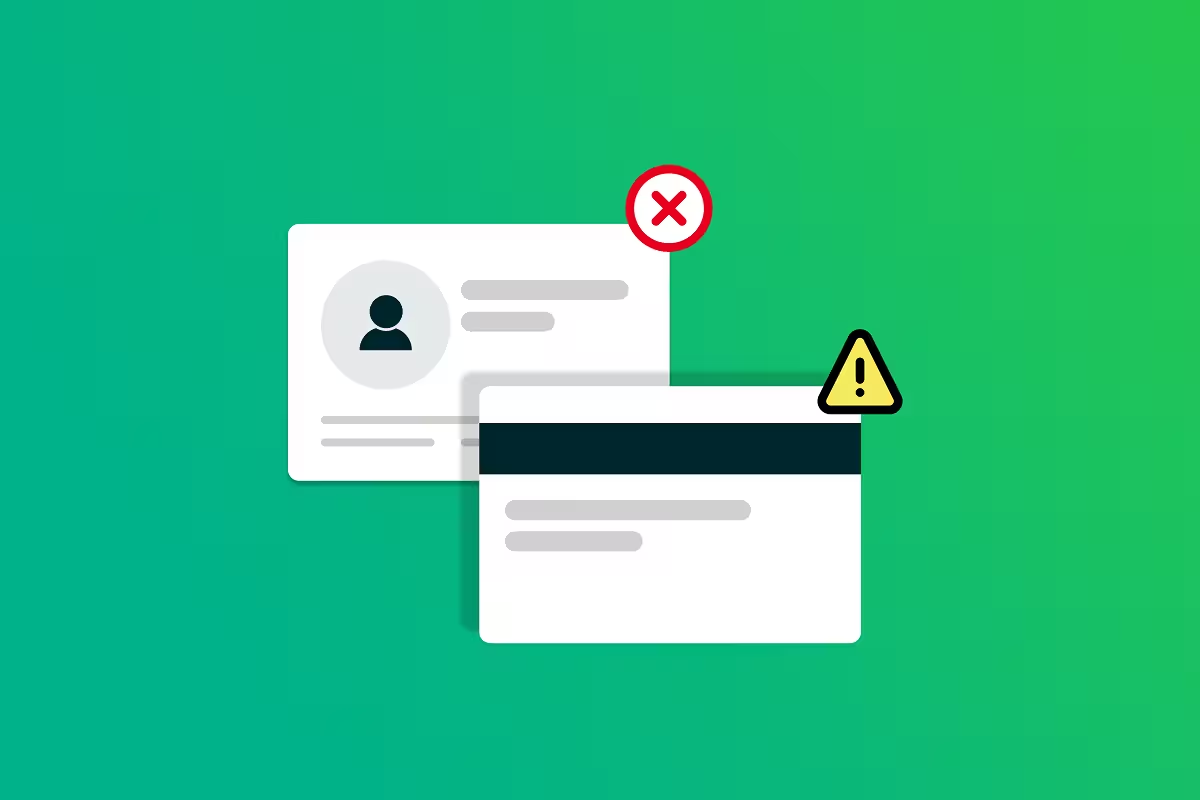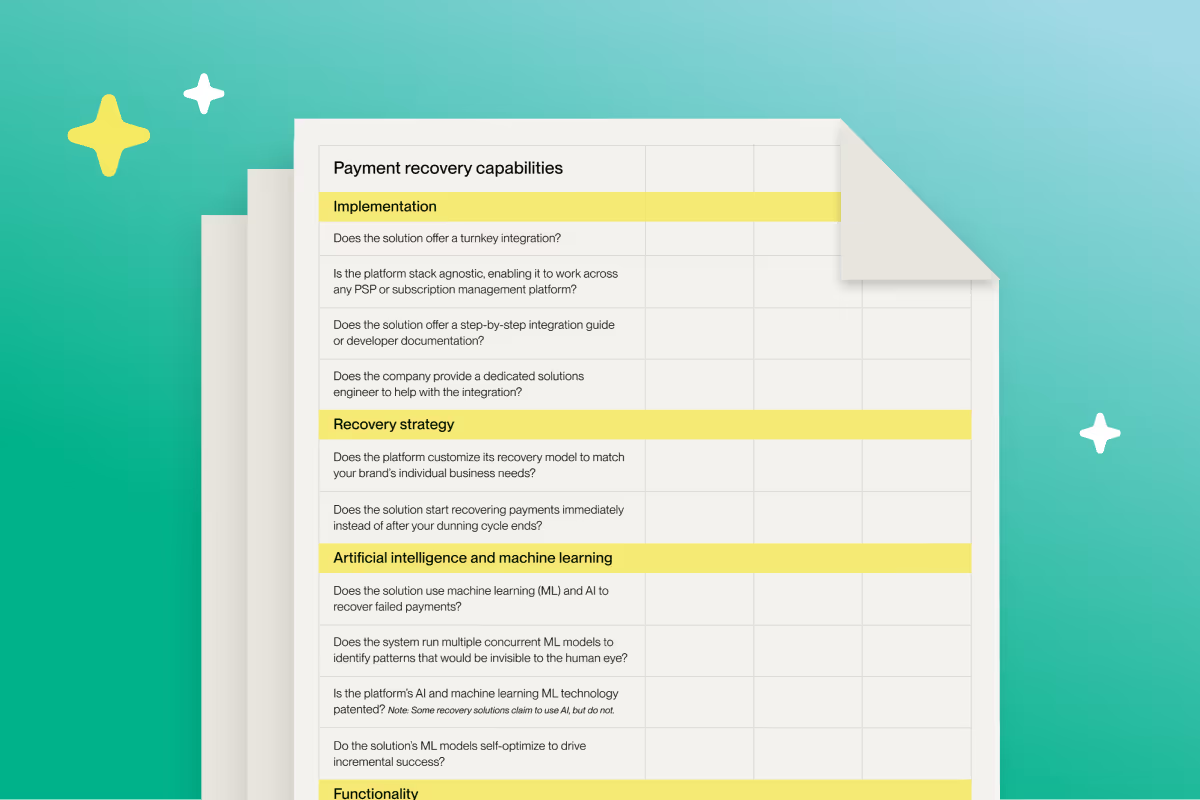
7 ways to reduce chargebacks and disputes
Chargebacks are estimated to cost businesses $125 billion annually, a massive number that is only expected to grow. To thrive, brands must take chargebacks seriously and move away from thinking of them as just “the cost of doing business.”
In this article, Butter's team of payment experts has outlined the 7 best ways merchants can reduce disputes and chargebacks. Following these strategies will put more money in your pocket and boost your growth.
How do disputes and chargebacks happen?
Before we share chargeback mitigation strategies, it’s critical to understand why disputes and chargebacks happen. There are three primary categories of chargebacks: fraud, friendly fraud, and merchant or product issues.
Fraud
This category involves inappropriate actions by fraudsters. For instance, a customer can request a chargeback on a transaction if someone steals their credit or debit card information and uses it to make a purchase.
Friendly fraud
Sometimes called chargeback fraud, friendly fraud is a spectrum of fraudulent activities from misunderstandings to illegal actions. In all instances, a customer is involved.
Examples of friendly fraud:
- Forgetfulness
When a customer doesn’t remember making a purchase and requests a chargeback. - Family fraud
This occurs when a member of the cardholder’s family makes a purchase on a card without permission. The cardholder will ask for a chargeback because they don’t recognize the transaction.
Merchant or product issues
This category includes instances where a customer asks for a refund because a product is damaged or never arrived. Billing errors are also included in this category.
Payment disputes: Everything you need to know about chargebacks
How to reduce chargebacks and disputes
Preventing chargebacks and disputes requires a mix of strategies and optimization tactics across many aspects of your business. Here’s where to start:
1. Be clear about your refund, return, and cancellation policies
Effectively communicating your policies to customers will reduce chargebacks associated with misunderstandings. It will also help you contest – and win – disputes.
When writing your policies, use clear, unequivocal language and include necessary details. Tell shoppers about cancellation or refund eligibility, restocking fees, and expected delivery times. It’s best to share this information clearly during the checkout process.
2. Put your subscription policy front and center
Customers often sign up for a free trial for a subscription and forget to cancel. When they eventually see the recurring payment, they sometimes go to their bank to dispute it. You can reduce disputes associated with free trials by adopting an easy-to-understand cancellation process. If you use cancellation blockers, such as forcing customers to email your team to cancel, expect increased chargebacks.
3. Confirm customer orders
Once an order is placed, share the details and expected delivery time with your customer. Doing so will help manage customer expectations so they won’t file a dispute. If you have the capabilities, share the order details across multiple channels, including email, SMS, and your customer portal.
Sending a single email isn’t enough. Keep your customers updated throughout the process, including informing them when the order shipped and when their package arrived.
4. Use accurate product descriptions
No one likes ordering something online and then receiving a different product. To set expectations and reduce customer dissatisfaction, use high-quality images of your products and detailed descriptions. If you run out of a particular version of the product, update your Product Detail Page immediately.
5. Write accurate billing descriptors
Have you ever looked at your billing statement and not recognized the name of a business? If you have, you know it induces a minor panic and questions about fraud. Don’t put your customers through this. Writing an accurate billing descriptor will reduce confusion and lower disputes.
Your billing descriptor should include the name of your business or an easy-to-remember abbreviation.
6. Be easy to contact
Customers will often contact a merchant first before filing a dispute. If you’re hard to contact or slow to respond, they’ll contact their bank to resolve the problem. Make it easy to contact your customer success team through email, phone, and chat. Team members should respond promptly to address the issue.
7. Partner with a chargeback prevention solution
Chargebacks are a complicated and costly component of payments. Partnering with a chargeback prevention solution will minimize your dispute volume and chargeback rate while boosting profits.
What does a leading dispute solution look like? Butter’s dispute solution intercepts disputes in real time before they reach your payment processor and then proactively refunds the dispute or fights it using historical transaction data and merchant-tailored rules. The result is fewer chargebacks, a higher win rate, and a lower chargeback ratio.
A chargeback deflection tool works best when paired with a payment recovery solution. Working in conjunction, chargeback and payment recovery solutions will improve your overall payment health by protecting your Merchant ID (MID) and signaling to financial institutions that you’re a trustworthy merchant. As a result, your transactions will see less scrutiny, translating into a higher authorization rate and, and if you’re subscription-based, more ongoing sales.
Book a consultation with Butter to reduce disputes and drive 10%+ ARR growth with optimized failed payment recovery.
Next up: The hidden costs of chargebacks



